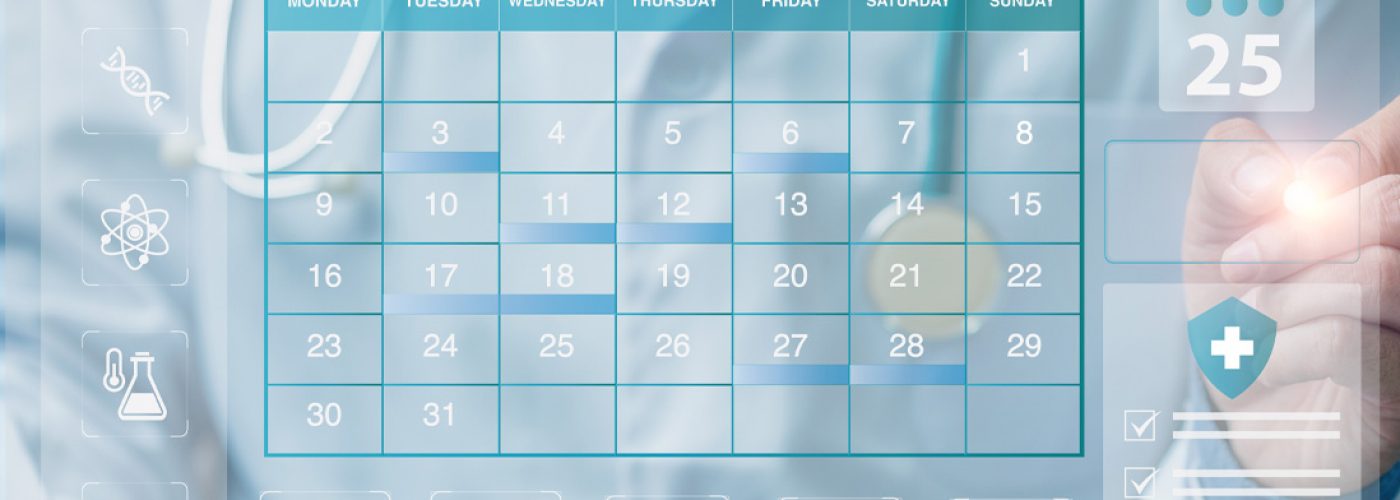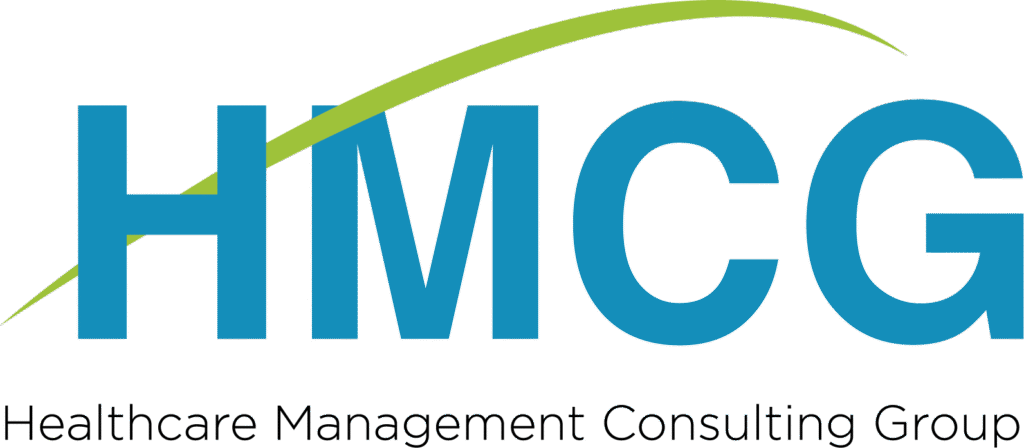Pillar 3: Pre-Visit Communication – Setting the Tone for a Seamless Patient Experience

Pre-visit communication sets the tone for a seamless patient experience. By using timely reminders, digital forms, and clear instructions, practices reduce no-shows, ease anxiety, and boost satisfaction. This proactive approach improves workflows, strengthens trust, and supports better outcomes—before the visit even begins.
In today’s patient-centered healthcare environment, the journey to excellent care begins well before the patient enters the office. Pre-visit communication is the critical third pillar in the patient experience framework, bridging the gap between scheduling and arrival. When done well, it builds trust, reduces anxiety, and ensures both patients and providers are fully prepared.
Why Pre-Visit Communication Matters
Patients who receive clear, timely information before their appointment feel more confident and engaged in their care. Pre-visit communication isn’t just about reminders—it’s an opportunity to educate, align expectations, and reinforce your brand’s commitment to compassionate, efficient service.
➡️ Effective communication before the visit:
⭐️ Reduces no-show rates by confirming appointments and providing rescheduling options.
⭐️ Improves patient preparedness, such as fasting instructions, insurance verification, or medical history forms.
⭐️ Enhances operational efficiency, allowing for smoother check-ins and reduced delays.
What Should Be Included in Pre-Visit Communication?
Here’s what a robust pre-visit communication plan should deliver:
➡️ Appointment Details
✅ Date, time, location, provider name
✅ Parking instructions or office-specific directions
✅ Telehealth links (if applicable)
➡️ Preparation Instructions
✅ What to bring: ID, insurance cards, copay
✅ Clinical prep: fasting, medication guidelines, prior test results
✅ Patient forms and portals for early check-in
➡️ Patient Education
✅ What to expect during the visit
✅ FAQs or links to condition-specific videos and resources
✅ Contact information for questions before the visit
➡️ Tone and Accessibility
✅ Friendly, professional tone that aligns with your practice culture
✅ Language preferences and ADA-compliant formats
✅ Multichannel outreach (text, email, phone call)
Tools and Timing for Success
➡️ Optimal Timing:
✅ 7 days before: Welcome message and preparation instructions
✅ 3 days before: Detailed reminders and education links
✅ 1 day before: Final confirmation and what-to-bring checklist
✅ Day of: Text reminder with real-time check-in instructions
➡️ Tools to Use:
✅ HIPAA-compliant text and email platforms
✅ Automated appointment reminder systems
✅ Patient portals and EHR-integrated messaging
A Strategic Opportunity
Pre-visit communication is more than an operational task—it’s a strategic touchpoint. It’s your first chance to demonstrate empathy, competence, and reliability. In a competitive healthcare landscape, the practices that communicate clearly and consistently before the visit are the ones that patients return to—and recommend.
Next Steps:
Evaluate your current pre-visit workflows. Are messages timely? Clear? Patient-friendly? If not, this is the pillar where small changes can yield major gains in patient satisfaction and operational efficiency.
